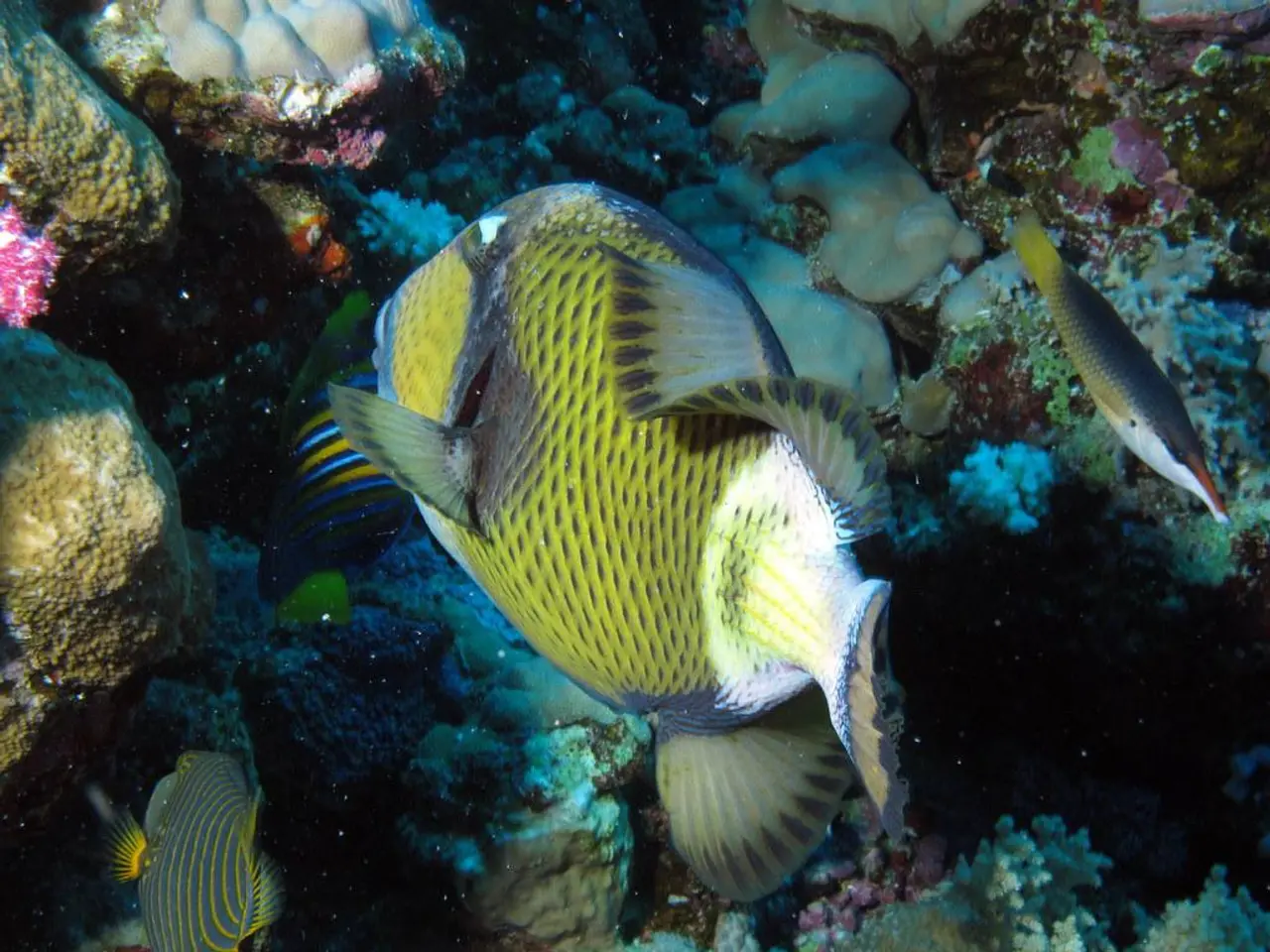Optimal Moss Varieties for Terrarium Cultivation (Abundant, Vibrant Options + Professional Recommendations)
In the realm of indoor gardening, terrariums have become a popular choice for those seeking a miniature, low-maintenance green haven. One of the key elements that bring these miniature ecosystems to life is the use of various moss species.
Cushion Moss (Leucobryum glaucum), Sheet Moss (such as Hypnum), Fern Moss (Thuidium delicatulum), and Reindeer Moss are some of the best choices for terrariums. These moss varieties are favoured for their texture, growth habit, and aesthetic qualities that blend harmoniously with the humid, low-light environment of terrariums.
Cushion Moss, dense and springy, is ideal for creating lush, forest-floor-like beds inside a terrarium. Sheet Moss, flat and spreading, is perfect for covering larger surfaces or substrates with a natural look. Fern Moss offers a delicate, layered texture that adds visual depth, while Reindeer Moss is light and airy, often used for decorative topiary or accenting indoor terrariums.
These mosses thrive in shaded, moist conditions and require minimal maintenance, making them perfect for indoor, closed ecosystems.
To grow these mosses for maximum visual effect in terrariums, follow these steps:
- Substrate: Use a moisture-retentive substrate like sphagnum moss, bark, or wood that soaks up water well, mimicking their natural environment and allowing moss to root effectively.
- Humidity: Maintain high humidity (usually above 70%) by regular misting or using a closed terrarium lid to keep the air moist, which moss needs to grow lushly.
- Light: Provide indirect, low to medium light. Direct sunlight can dry out and damage moss.
- Watering: Mist the moss regularly to keep it damp but not waterlogged. Avoid pooling water that can cause rot.
- Air circulation: Good airflow prevents mold growth but avoid strong drafts that dry out moss.
- Planting: Press moss evenly onto the substrate surface to encourage spreading and rooting layers, creating a natural carpet effect.
- Patience: Moss grows slowly, so allow several weeks to months for a fully established, visually rich moss mat.
Additional enhancements can include pairing moss with small ferns or other shade plants for a layered, miniature forest effect.
Sheet mosses can be torn up and placed evenly around a terrarium, growing out in every direction and eventually joining up. Clumpy mosses tend to stay compact and require sculpting for landscaping. Sphagnum Moss is a versatile moss commonly used as a medium to grow other mosses and terrarium plants.
For added creativity, superglue can be used to stick moss to surfaces in a terrarium, and fishing line can be used to attach moss to terrarium elements.
In summary, choosing Cushion, Sheet, Fern, or Reindeer Moss and providing stable moisture, indirect light, and a good substrate will maximize the visual impact and longevity of moss in terrariums. Happy mossing!
[1] Terrarium Mosses: A Guide for Choosing and Growing (2021) [2] The Art of Terrarium Making: A Practical Guide (2018) [3] Miniature Gardening: Designing, Constructing, and Maintaining Terrariums (2016) [4] Terrarium Design: A Comprehensive Guide (2015) [5] The Complete Book of Terrarium and Miniature Garden Design (2014)
The choice of Cushion Moss is ideal for creating lush, forest-floor-like beds within home-and-garden terrariums, while Sheet Moss is perfect for covering larger surfaces or substrates with a natural look, giving a homey touch to one's lifestyle and indoor gardens.




